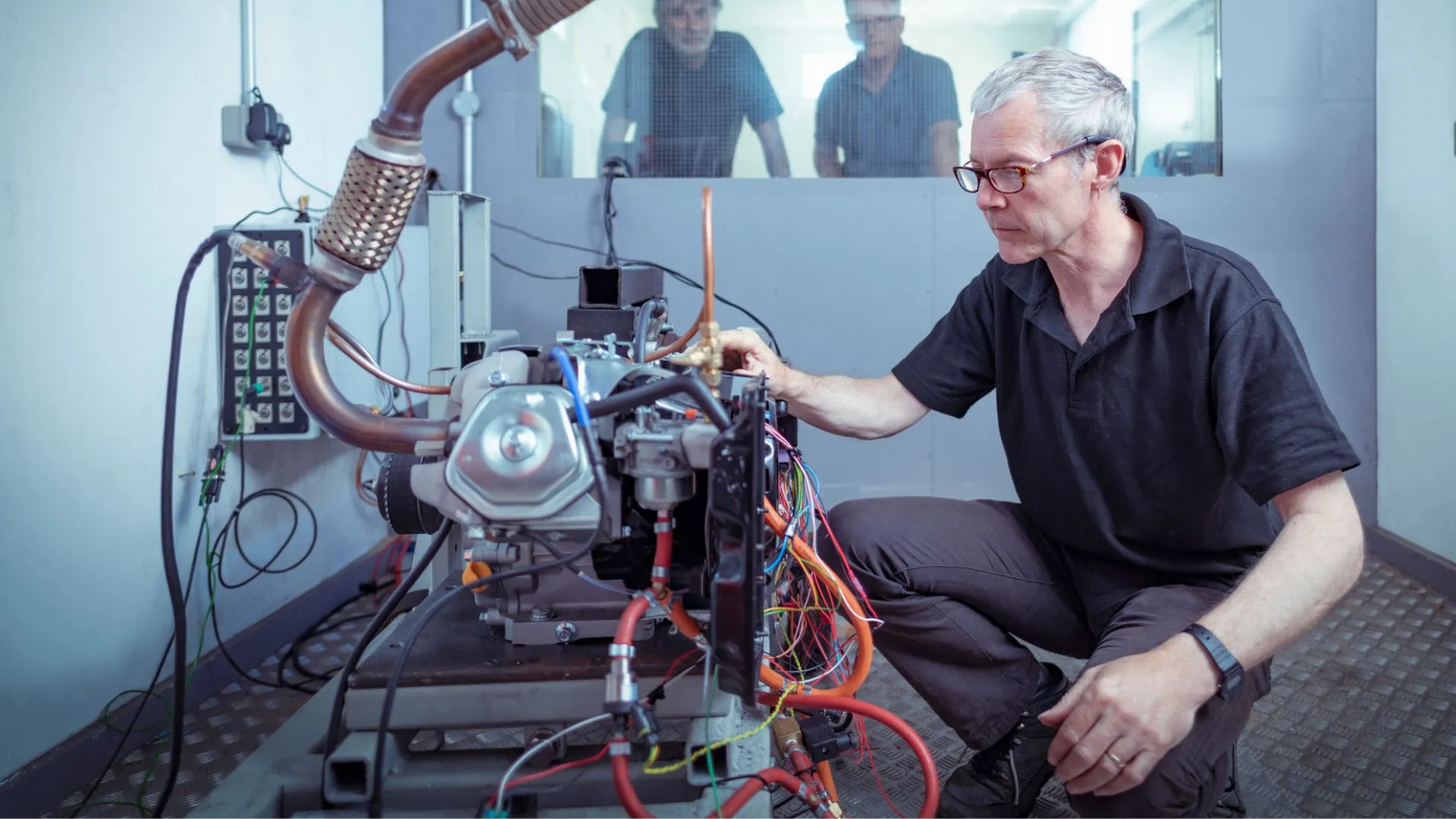
Apple’s iPhone is incredibly popular, with over 3 billion units sold as of August 2025. It still tops the charts for most phones sold, and in American and European markets, the iPhone is the undisputed king of smartphones. With the recently launched iPhone 17 and Apple-designed A19 chip, people often wonder where these chips are manufactured.
Essentially, the main silicon is manufactured at TSMC (Taiwan Semiconductor Manufacturing Company). Currently, there is no other place in the world where such an advanced chip can be made. While a new TSMC facility is under development on American soil, it is still years away. Until then, TSMC’s Taiwan plant makes all the chips for the iPhone 17 and iPhone 17 Pro. The latest A19 chip features a 6-core CPU and a 5-core GPU, while the A19 Pro features an enhanced 6-core CPU with a 6-core GPU, manufactured on the latest N3P node, arguably the most advanced manufacturing node in the world. This node is made possible only due to TSMC’s rigorous R&D investments worth billions of dollars. TSMC’s advanced manufacturing capabilities and Apple’s refined chip architecture make the A19 happen.
TSMC’s history with Apple dates back to 2014, when Apple collaborated with them to produce the A8 chips for the iPhone 6 and its counterparts. Since then, both companies have worked closely, creating processors like the TSMC-produced M1 for Mac and A11 Bionic with neural capability.
When it comes to assembling the entire unit, Apple has always relied on China and its manufacturing industry. Producing these expensive phones in China has obvious advantages: the labor is cost-effective, the quality of machinery, facilities, and technology is strong, and having everything at arm’s length helps cut down on both cost and time.
However, amid global tensions and financial uncertainty between the U.S. and China, Apple is shifting its focus and diversifying manufacturing to other countries to reduce its over-reliance on China. Apple recently invested $1.5 billion in a new manufacturing facility in Tamil Nadu, India. Partnered with Foxconn, Apple’s India facilities will manufacture the latest iPhone 17, while its Pro models are still being assembled in China. At the same time, TSMC’s Arizona facility is now production-ready for 5nm and 4nm class chips. Apple is expected to produce tens of millions of these, contributing to its projection of 19 billion American-made chips in 2025. These include smaller components such as modems, amplifiers, ICs, and Wi-Fi controllers, which do not require advanced nodes and can therefore be manufactured in the U.S. In parallel, Apple is also working towards producing its latest 3nm chips at the Arizona facility, a process which is expected to be ready by 2028.
These new manufacturing and assembly facilities will increase capacity, meaning a larger number of iPhones will be produced yearly. This year, the base iPhone is being considered the best bang for your buck iPhone on the market, as Apple has finally addressed the biggest complaints of its predecessor: a 60Hz display and a low-capacity 128 GB storage base model. The base iPhone now has a 120Hz ProMotion display, and 256 GB of storage on the base model is expected to sell in huge numbers.



